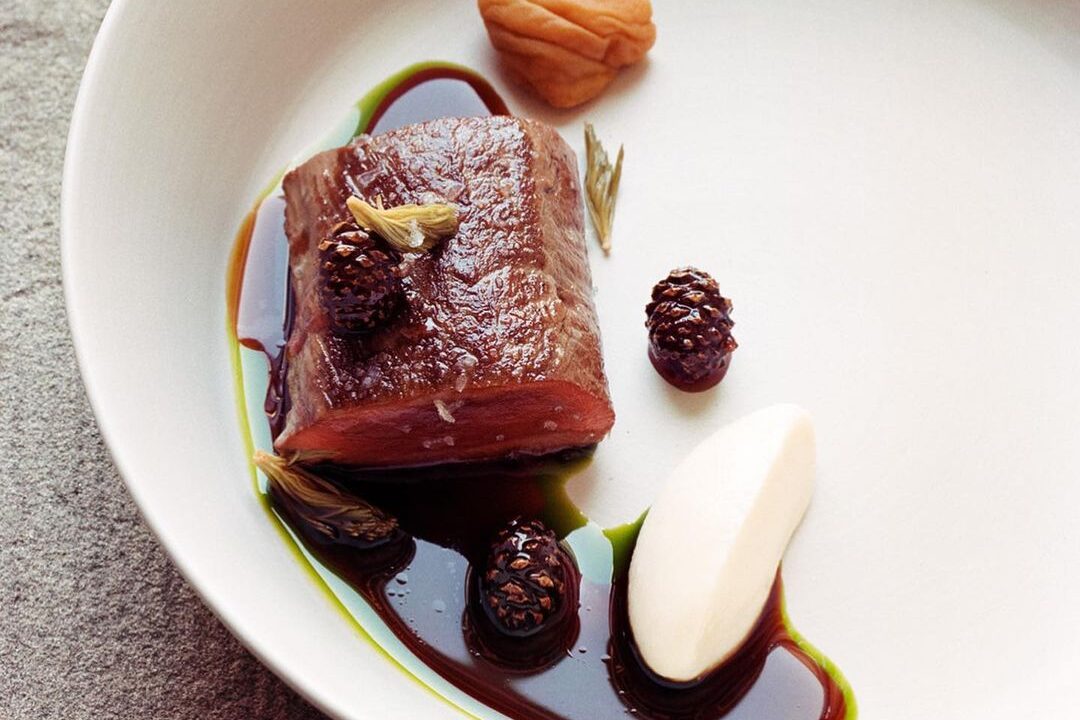
The Culinary Potential of Pine
The use of pine in the kitchen has a long history in various cultures, despite seeming like a fairly new and unusual trend. Are all pine trees edible? How do you collect and prepare them for cooking?
Exploring a Longstanding Tradition
In ancient times, civilizations such as the Greeks, Romans, and Egyptians incorporated pine nuts into their cuisine. During the medieval period, people added pine needles to pickling liquids for enhanced flavor and natural preservation. The tradition of using pine and its fruits and needles has been passed down through generations in Nordic countries, where it still plays a significant role in Scandinavian cuisine.

Indigenous cultures worldwide have integrated pine into their traditional dishes. Native American tribes in North America used pine nuts and pine needles, utilizing the resources available in their natural environment. In recent years, there has been a resurgence of interest in the gastronomic use of pine. The increasing fascination with unique and natural ingredients has led to its popularity in contemporary cooking.
Edible pine varieties
Not all pines are edible. Some pine species may contain toxins or be unfit for consumption. The safest options for culinary use are Scots pine (Pinus pinea) and Korean pine (Pinus koraiensis), which are widely used and considered safe to eat.
Scots pine can be recognized by its narrow and long needles, usually gray-green or blue-green in color. The needles grow in pairs, gathered in bunches (3-4 needles per short shoot) and are surrounded by a sheath of scaly leaves. If you are unsure about the safety or edibility of a particular species of pine cone, you should consult with experts or trusted sources before using them in your kitchen.
The release of pine flavors
Pine cones have resinous properties and give dishes an earthy, woody feel. Their flavor can be strong, so it’s important to use them judiciously and balance them with other ingredients. One popular culinary use is to add pine cones to game dishes, where they give stews or sauces a unique and aromatic flavor.
Pine shoots taste fantastic when pickled and are perfect addition to dishes. They will be great in pesto or aromatic olive oil. You can add them to hot liquids such as teas or broths for a mild, resinous flavor. They give a delightfull smell to marinades and meat rubs.
We usually harvest cones containing ripe pine nuts in late summer or early fall. They have a buttery and slightly sweet taste. Pine nuts are versatile and can be used in pestos, salads, or rice dishes. They can also be used as a fish coating or decoration.

Harvesting Pine Shoots
It is best to harvest pine shoots in May when they are light green growths covered in a brown, sticky husk. Trim them with pruning shears or a sharp knife. The most flavorful shoots are up to 12 cm long, while longer ones may contain less juice. When collecting young cones, choose intact ones that have not fallen to the ground. It is preferable to collect them directly from the tree, ensuring they come from clean areas away from human settlements, factories, and busy streets. Additionally, make sure the collected cones have not been treated with pesticides or other chemicals.
Prepare adequately for the harvest. Due to the resin, wear gloves when handling shoots and cones. Harvest shoots responsibly, selecting the juiciest ones from several trees instead of collecting all shoots from a single pine to avoid harming the tree.
Preparation of pine cones for culinary use
Before using pine cones, it is necessary to remove the resin and exclude worms. You can use several methods, depending on the intended use. Spread the collected shoots and cones on a clean cloth or paper and leave them in the sun for a few hours so that unwanted guests can leave. Washing the harvest with water is optional but not required. Then, use a wooden pestle to break the shoots into smaller pieces, and cut the cones into slices to speed up juicing. Alternatively, you can briefly soak the whole cones in boiling water to soften them and remove any bitterness or toxic substances. In some recipes, the pinecones or needles can be boiled in syrup to further eliminate the bitterness and enhance the flavor.









Post a comment